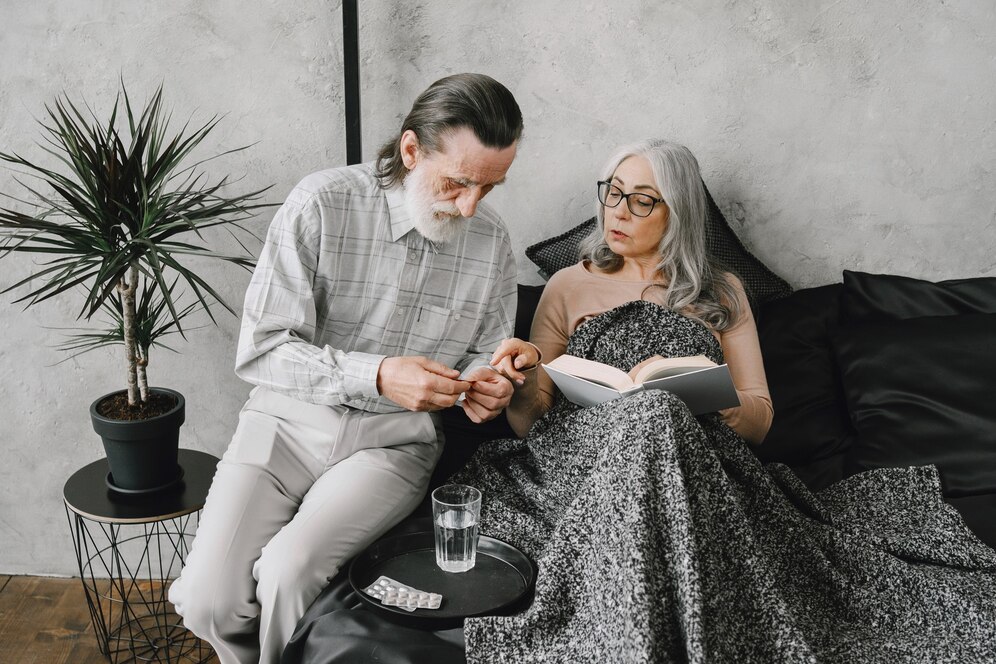You might have noticed your friends getting engaged later than your parents did. Some of my buddies in their early 30s still feel uneasy about settling down. This feeling is linked to a shifting perspective on marriage across the United States. People want stability, a solid plan, and financial security before forging a lifelong bond. That approach has led to a rise in the average age of marriage in US communities. In this post, we’ll examine variations by state, reasons behind the delay, and where couples tend to wed at younger ages.
Why Are U.S. Couples Waiting Longer to Marry?
You might be wondering why individuals feel compelled to wait. My own circle often mentions personal growth, career plans, and broader life goals as top priorities. Years ago, my best friend dreamed of tying the knot at 25. By the time he reached that milestone, he decided to spend a few more years focusing on his start-up business. He’s not alone. Plenty of young professionals wait to finish graduate school, pay off college debt, or land secure jobs before making a major commitment.
Another reason is the shifting view marriage holds in modern society. Many couples test their relationship through cohabitation before walking down the aisle. My cousin, for instance, lived with her partner for three years to confirm their compatibility. They concluded that a legal union should happen once they both felt more financially stable. This approach reduces some immediate risks of marriage by letting people gauge how they handle shared responsibilities.

Also, different backgrounds can lead to resistance to marriage if a couple’s families or traditions clash. This can spark hesitation, especially when future spouses want time to reconcile differences. The idea of the right age to get married becomes more fluid. Each pair sets its own pace, guided by personal schedules and family dynamics. Those factors have combined to create a trend: People across the country are waiting, and the average age keeps climbing.
Average Age of Marriage by State
If you’re curious about variations, you’ll find that certain parts of the country have lower averages than others. Living in Colorado for a few years taught me that outdoor-oriented folks there often wed in their late 20s. Yet, I noticed higher numbers in places like Massachusetts, where some settle down closer to 30 or even 31. The average age of marriage in the US can swing depending on local economies and social norms.
In states where job markets emphasize tech, finance, or specialized fields, you’ll commonly see a higher average age of first marriage. People in those regions often invest extra time in higher education or advanced training. Conversely, smaller towns with tight-knit communities can see younger unions. That sense of local support gives couples confidence to commit earlier.
I recall meeting a couple in Idaho during a ski trip who had married at 21. They felt their local community would help if they needed childcare or short-term loans. Within that setting, the right age to get married might differ from big-city expectations. If you’re planning a wedding in any of these states, you might also consider glancing at ‘How to clean a wedding dress‘ once the festivities end. It’s wise to be prepared for those practical chores that pop up afterward.
4 Factors Contributing to the Rising Average Age of Marriage in the U.S.
1) Economic Pressures: Financial stability often ranks high before saying “I do.” Large student loans and costly housing push folks to wait. My college friend in Seattle postponed his engagement, aiming to save up for a down payment on a home.
2) Educational Goals: The average age of marriage in the US keeps sliding upward as more people attend graduate programs. This delays the process. An acquaintance told me she waited until after law school to even consider tying the knot.
3) Shift in Priorities: Many place job satisfaction, travel, or personal experiences ahead of marriage. In my hometown, some neighbors took extended trips abroad. That led them to focus on adventure first and marriage later.
4) Evolving Social Views: Years back, marriage was considered the ultimate next step after dating. Now, plenty of couples feel comfortable living together and sharing finances without formal vows. Some see no rush to prove commitment. Others worry about risks of marriage, such as legal entanglements if separation occurs. That sense of caution has shaped how modern individuals view marriage, inspiring a slower approach.
If budget considerations or potential financial responsibilities occupy your thoughts, it might help to look at average cost of ring before making big decisions. Financial knowledge can ease anxieties about big purchases, which is another factor that contributes to taking extra time.

In Which Group Is the Average Age of Marriage the Youngest?
Although the national figure creeps higher, there are communities where people marry earlier. Some examples include smaller towns in the Midwest or southern states, where family influence is strong. I once met an Arkansas couple who got engaged right after high school graduation. They explained that their relatives encouraged them to settle down. Their local environment offered stability and support, which eased any resistance to marriage they might have felt.
Groups tied to religious or faith-based communities can also have younger marriage rates. I grew up near an area with a sizable population that valued early family formation. The age for men and age for women tended to hover a few years younger than national figures, with some pairs marrying as soon as they found a stable job or completed basic training.
If you’re investigating marriage options abroad, you might be interested in brides of Ukraine. That link shines a light on cross-cultural unions. Individuals who seek partners outside their home country might choose to marry at different times, reflecting distinct social patterns. National averages don’t always capture these personal stories.
Ultimately, the youngest average age for getting married in the United States appears in places where local customs and family ties hold significant importance. We all have our path, though. The large cities, it’s easy to see couples strolling with dogs and living together for years without official vows. In smaller regions, engagement and marriage might happen soon after that high school romance turns serious.
Alternative Partnership Possibilities
In closing, you see that the average age continues to shift due to career considerations, personal goals, and social acceptance of longer courtships. We’ve looked at why people delay marriage, how states differ, key factors driving the trend, and the communities that marry the youngest. If you’re weighing the right age to get married, remember that financial planning, emotional maturity, and strong communication can make a difference.

Leave a Reply